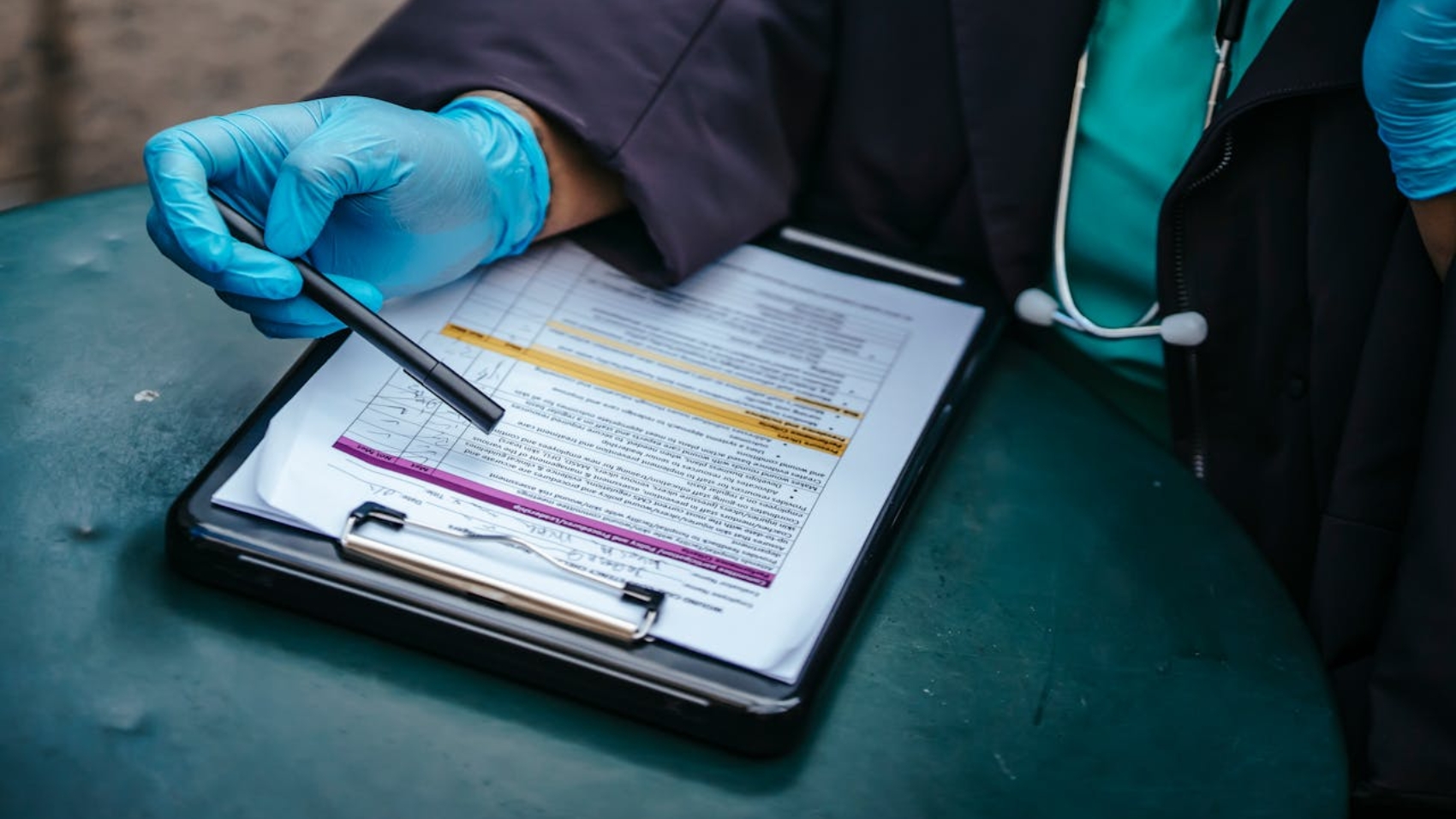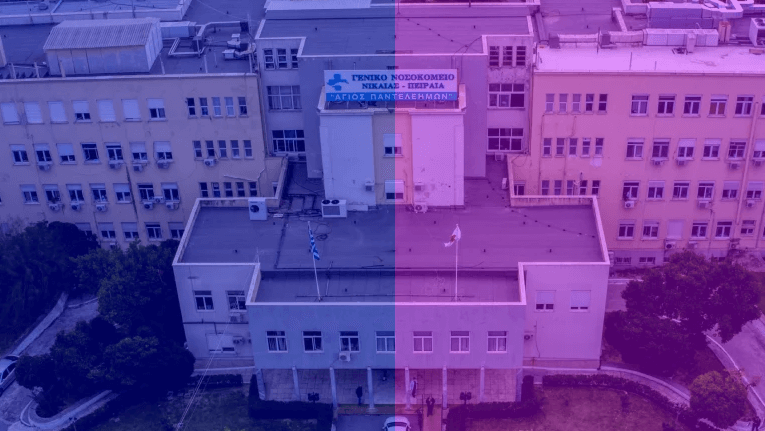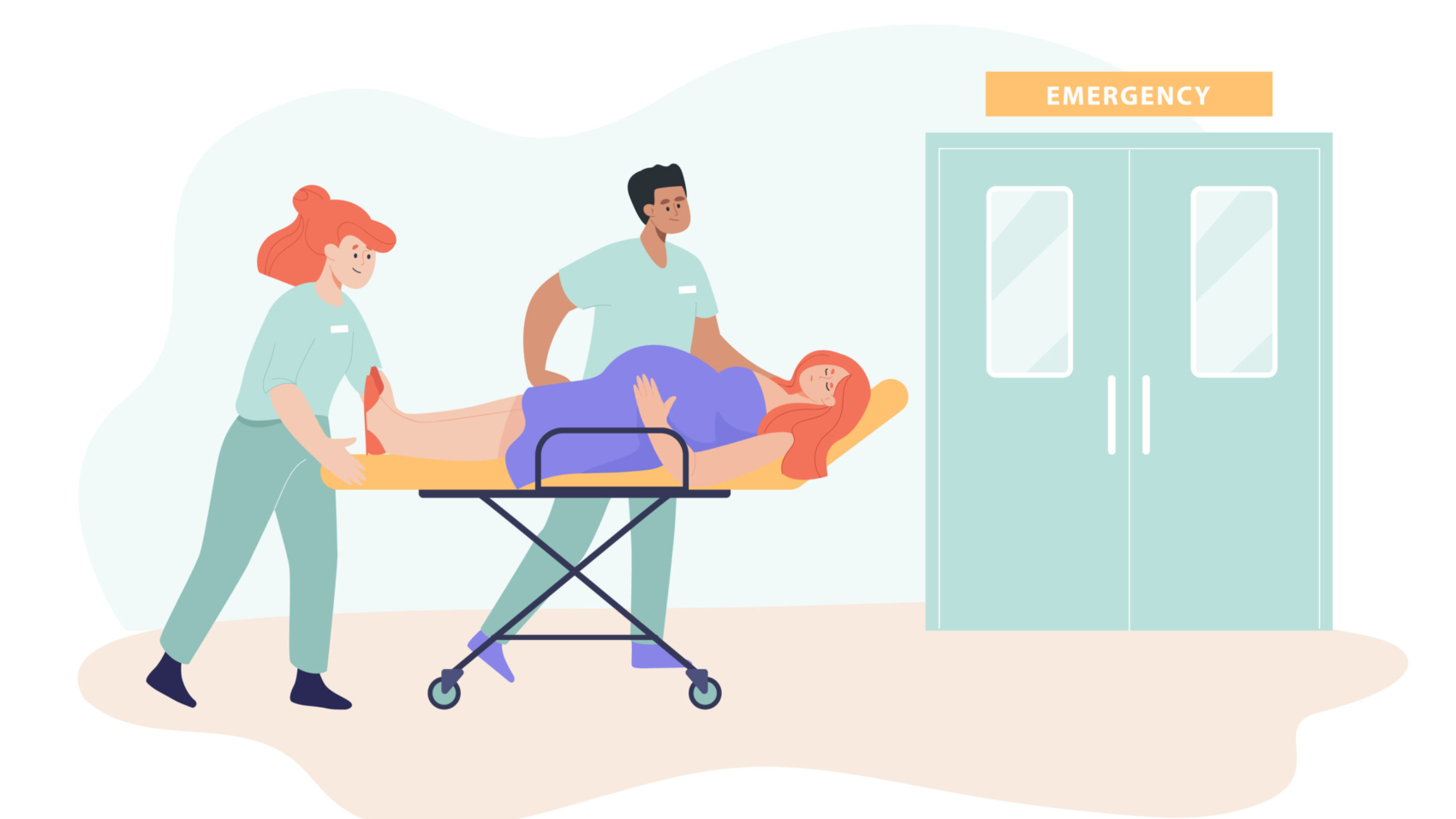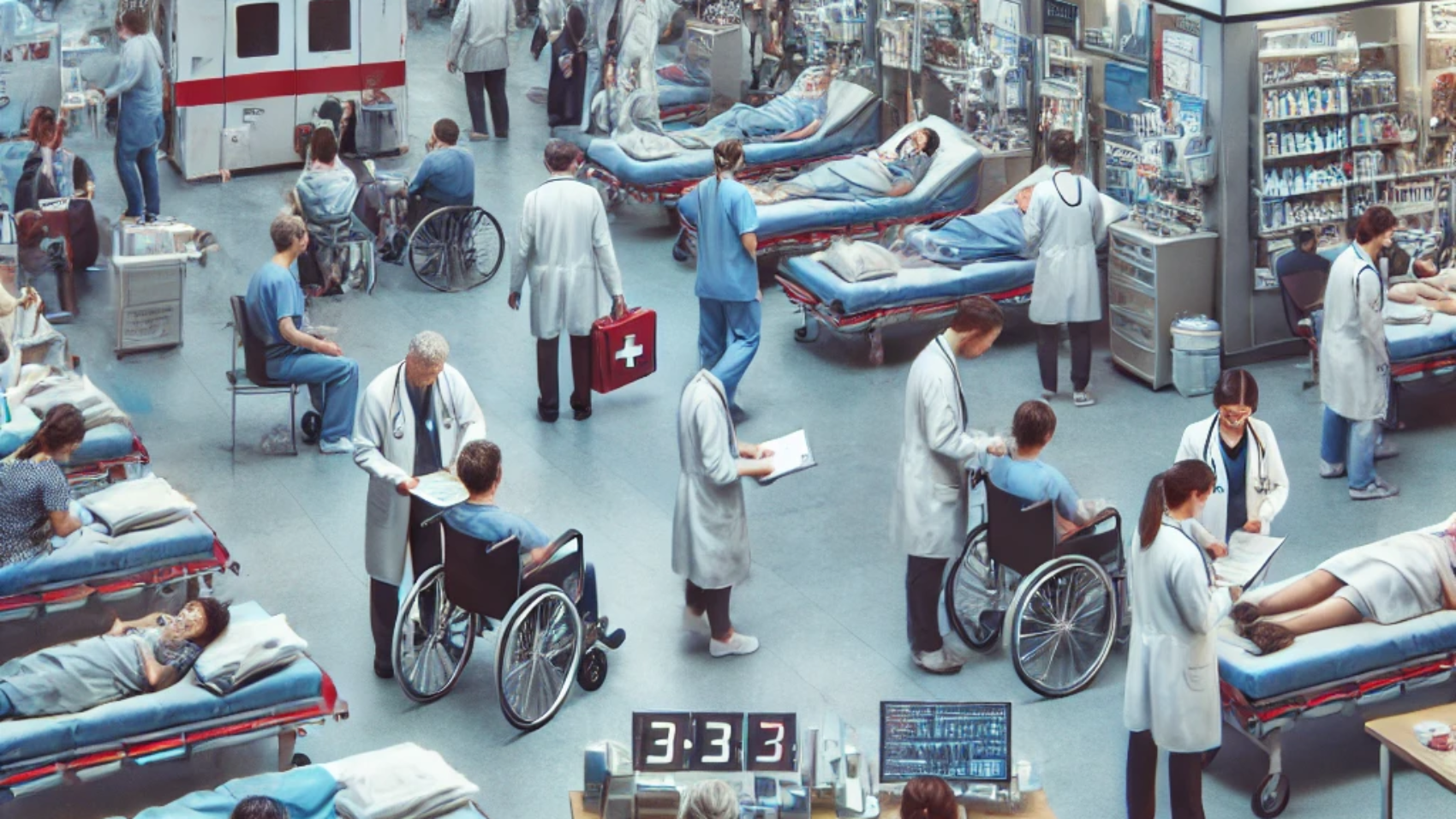What Is Pediatric Triage?
Pediatric triage involves the evaluation and prioritization of care for infants, children, and adolescents. Unlike adults, children have unique physiological and psychological needs, requiring specialized medical training and age-specific protocols for effective care. Implementing accurate pediatric triage can save lives, particularly in critical and time-sensitive situations.
How ERTriage Enhances Pediatric Triage
ERTriage provides a valuable solution for improving pediatric triage processes in emergency care settings. Through its AI-powered triage platform, enables healthcare providers to quickly assess pediatric patients remotely, ensuring timely and accurate care. By using advanced algorithms, ERTriage can evaluate symptoms, vital signs, and risk factors, supporting clinical decision-making and streamlining the triage process.
Core Principles of Pediatric Triage
- Age-Specific Vital Signs
Children’s vital signs, such as heart rate, respiratory rate, and body temperature, are different from adults. Healthcare providers need to apply age-adjusted guidelines to accurately assess a child’s condition. ERTriage system helps ensure that these vital signs are captured and evaluated quickly, providing essential support for triage in emergency situations. - Symptom Recognition
Children often struggle to communicate their symptoms, making it critical for clinicians to rely on both observation and parent-reported information. AI-driven platform can assess patterns in data—such as skin color, breathing patterns, and activity levels—helping clinicians make informed decisions even when patients cannot fully articulate their symptoms. - Parental Involvement
In pediatric triage, parents play an essential role in providing a child’s medical history and calming the child during stressful situations. ERTriage offers a user-friendly interface for parents to report symptoms and provide real-time updates, enhancing the accuracy of the triage process and ensuring that clinicians have the full picture when making decisions.
Triage Systems for Children
- Pediatric Early Warning Score (PEWS)
The PEWS system identifies early signs of clinical deterioration, allowing healthcare providers to take swift action. ERTriage incorporates PEWS in its AI algorithms to ensure that warning signs are detected in real-time, improving pediatric care during emergencies. - Manchester Triage System (MTS)
Adapted to suit pediatric needs, the MTS helps ensure children receive the correct assessment based on their symptoms and age. ERTriage’s platform supports MTS guidelines, enabling accurate and fast triage decisions in emergency care.
Key Challenges in Pediatric Triage
- Time-Sensitivity
Children’s conditions can deteriorate rapidly, requiring immediate and effective action. ERTriage’s remote triage capabilities allow healthcare professionals to act quickly, even before the child reaches the emergency room, making a life-saving difference. - Emotional Strain
Treating critically ill children can take an emotional toll on medical staff and families. ERTriage helps reduce the stress of emergency triage by providing accurate and timely information, allowing healthcare providers to make better decisions and easing the emotional burden on families. - Resource Gaps
Not all hospitals have specialized pediatric emergency departments, and this lack of resources can impact treatment. ERTriage bridges these gaps by offering remote assessments, ensuring that children in under-resourced areas can still receive proper triage and timely care.
Conclusion: Improving Pediatric Triage
Efficient triage is critical to saving young lives, and leveraging technology like ERTriage enhances this process. By combining AI-powered triage systems with age-specific protocols and parental involvement, ERTriage enables healthcare providers to quickly prioritize care, ensuring better outcomes for children in emergency situations.
Implementing ERTriage can streamline pediatric triage, improving the speed, accuracy, and efficiency of medical responses. Whether in busy emergency departments or remote locations, offers an essential tool for healthcare providers to deliver timely and effective pediatric care.











